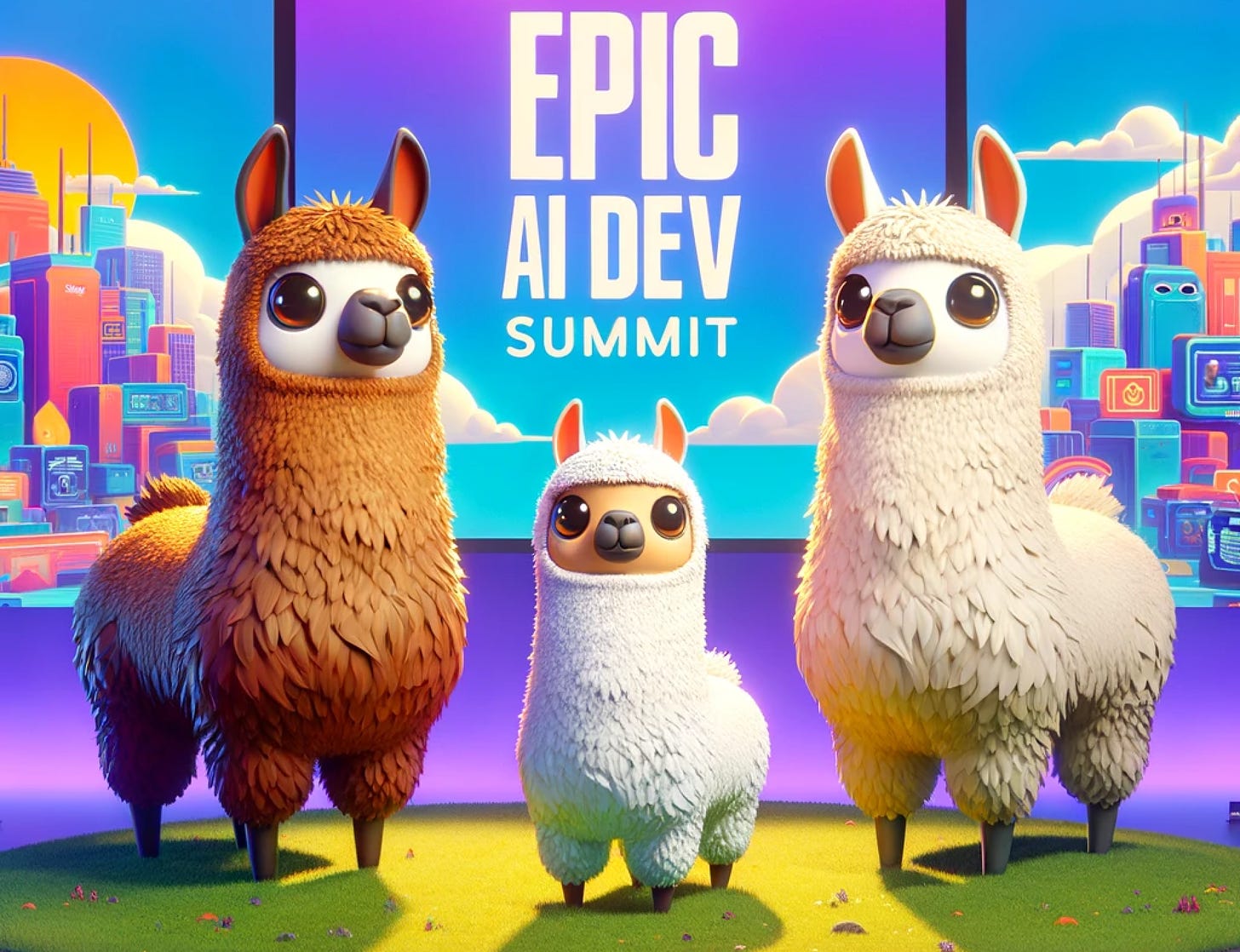👑 Llama 3: Spotlight on Top Insights Since The Release
In this article, we've gathered the most useful posts and tips from the last week that you could have missed.
Meta has recently launched Llama 3, the latest addition to the Llama family, which outperforms other open LLMs and matches closed models from OpenAI or Anthropic.
Llama 3 has swiftly climbed the ranks on the ChatBot Arena leaderboard, surpassing all existing open-source models, including Command R+.
In this article, we've gathered the most useful posts and tips from the last week that you could have missed.
Here are the key highlights of Llama 3:
Model Variants: Pre-trained and guided models are available with 8 and 70 billion parameters for a variety of use cases.
Performance: Enhanced with grouped query attention and optimized language encoding.
Integration: Planned integration across multiple platforms, including AWS, Google Cloud, Hugging Face, Kaggle, and Microsoft Azure.
Capabilities: Enhanced reasoning, code generation, and instruction-following capabilities.
Model Architecture: Utilizing transformer-only architecture with a decoder and 128K token dictionary for better performance.
Open Source Commitment: Dedicated to open-source availability, offering its capabilities under permissive licenses.
Future Plans: Intentions to expand with models exceeding 400 billion parameters and to introduce new features such as multilingual and multimodal capabilities (AImeta).
📝 Read: https://ai.meta.com/blog/meta-llama-3/
How To Run Llama 3 🦙
📌 Local RAG with Llama 3 on Ollama & Streamlit
Learn how to:
Run Llama 3 using @ollama
Add Website & PDFs to a knowledge base
Build an AI App using Streamlit
Store chat history in a PostgreSQL database
YouTube:
📌 How to optimize CPU Inference with Hugging Face and PyTorch
The article provides a guide to deploying and optimising the Llama 3 model for CPU inference, demonstrating significant performance and efficiency improvements.
📝 Read: https://towardsdatascience.com/meta-llama-3-optimized-cpu-inference-with-hugging-face-and-pytorch-9dde2926be5c
Fine-tune Llama 3 💻
Fine-tuning allows the model to adapt specifically to unique or specialized tasks beyond its initial broad training. It helps reduce errors and enhances the model's ability to understand and generate contextually appropriate content.
📌 Fine-tune Llama 3 with ORPO
ORPO is a new exciting fine-tuning technique that combines the traditional supervised fine-tuning and preference alignment stages into a single process. This reduces the computational resources and time required for training. Moreover, empirical results demonstrate that ORPO outperforms other alignment methods on various model sizes and benchmarks. (Hugging Face)
Here is a quick guide on how to set up the new Llama 3 8B with ORPO.
🚀 arXiv: https://arxiv.org/abs/2403.07691
📝 Hugging Face guide: https://huggingface.co/blog/mlabonne/orpo-llama-3
🤗 Model: https://huggingface.co/mlabonne/OrpoLlama-3-8B
💻 The code for fine-tuning: https://colab.research.google.com/drive/1eHNWg9gnaXErdAa8_mcvjMupbSS6rDvi?usp=sharing
📌 Fine-tune Llama 3 with PyTorch FSDP and Q-Lora
The article covers:
Setting up the environment & preprocessing the dataset
Utilizing PyTorch FSDP, Q-LoRA, and Flash Attention v2 (SDPA) for efficient distributed training
Building with Hugging Face's TRL, Transformers, PEFT, and Datasets
Testing on NVIDIA H100 and A10G GPUs (4x 24GB)
📝 Read: https://www.philschmid.de/fsdp-qlora-llama3#1-setup-development-environment
That wraps it up for today! But before you go...
Сlick ❤️ or comment if you found this helpful.
Check out our LinkedIn, Facebook or Twitter pages for more details. Follow us to stay updated on all the latest news!
Best,
Epic AI Dev team.




